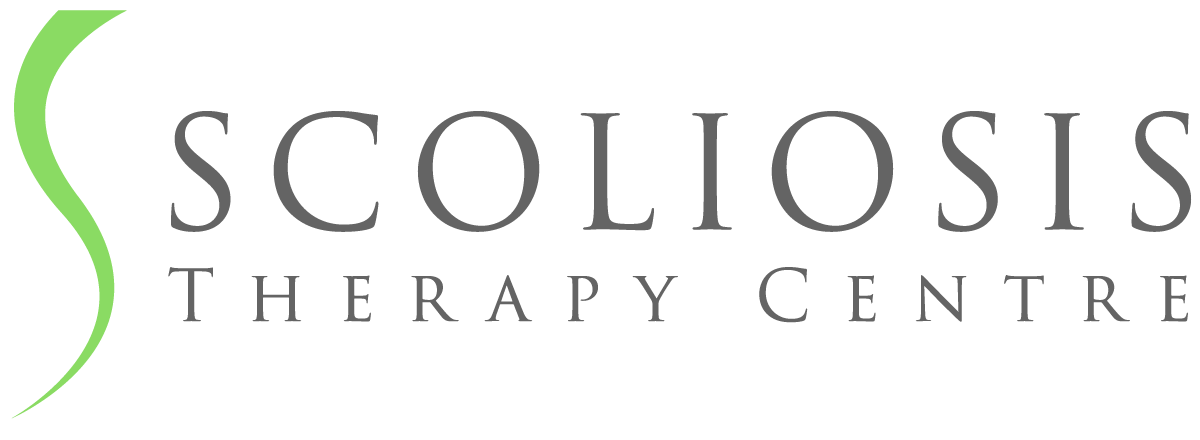Patients Performing Schroth 3D Scoliosis Exercises
A sample of Schroth 3D scoliosis therapy exercises performed by patients attending our Scoliosis Therapy Centre is displayed in the slide show below.
All patients featured have idiopathic scoliosis, ranging from moderate, moderate to severe, and severe. In 90% of idiopathic scoliosis cases, curvatures are to the right in the thoracic spine and to the left in lumbar spine.
For more information on Major idiopathic scoliosis curvature types - Thoracic and Lumbar, Click Here
Schroth Corrective Breathing
From a bio-mechanical perspective, the main concerns are the loss of mobility followed by restrictive respiratory dysfunction and impairment, and a subsequent decrease in vital capacity.
Schroth Corrective Breathing facilitates correction from the inside – intrinsic de-rotation – and actively assists with counter flexion, de-rotation and reducing thoracic kyphosis.
Schroth Corrective Breathing begins immediately following pelvic and basic corrections, after having assumed the optimum position of Corrected Posture.
You breathe in slowly and calmly through the nose and exhale with an audible hiss through the mouth while holding your aligned and elongated Corrected Posture.
Targeted isometric muscle muscle tension (isometric tension) on exhale breathes stabilize postural corrections.
This technique directs breathing into the scoliosis affected areas - the collapsed areas of the ribcage. Breathing in this manner assists in decreasing rotation in both the rib cage and spine, and improves vital capacity and rib mobilization.
Effectiveness of Schroth 3D Scoliois Exercise Therapy
The Schroth 3D Method is a conservative treatment approach which can improve health related quality of life: by preventing curve progression; improving function; alleviating and eradicating pain; and avoiding spinal fusion surgery.
The essence of the Schroth 3D Method involves making pelvic (basic) corrections; lengthening the spine; performing Schroth Corrective Breathing; and tensing the trunk muscles to maintain corrected posture.
The effectiveness of the Schroth 3D Method of exercise therapy is dependent on:
- A customized In-Clinic and Home Program for each individual patient’s type of idiopathic scoliosis designed by a certified Schroth Therapist.
- The ability and commitment of patients, and in the case of juveniles and adolescents, their parents as caregivers, to carry out the prescribed Schroth 3D Method exercise therapy program.
Schroth 3D Method exercise therapy programs adhere to the Society on Scoliosis Orthopaedic and Rehabilitation Treatment (SOSORT) 2016 Guidelines:
- Auto postural correction three dimensionally (3D)
- Training in activities in daily living (ADL)
- Stabilizing corrected posture
- Patient education
Schroth 3D Scoliosis Exercise Therapy and Bracing
A study focused on evaluating the effectiveness of Schroth 3D Method exercise therapy for idiopathic scoliosis patients with high-risk curves, whilst receiving brace treatment concluded:
Schroth exercises during bracing can further improve the Cobb angle compared with bracing alone.
